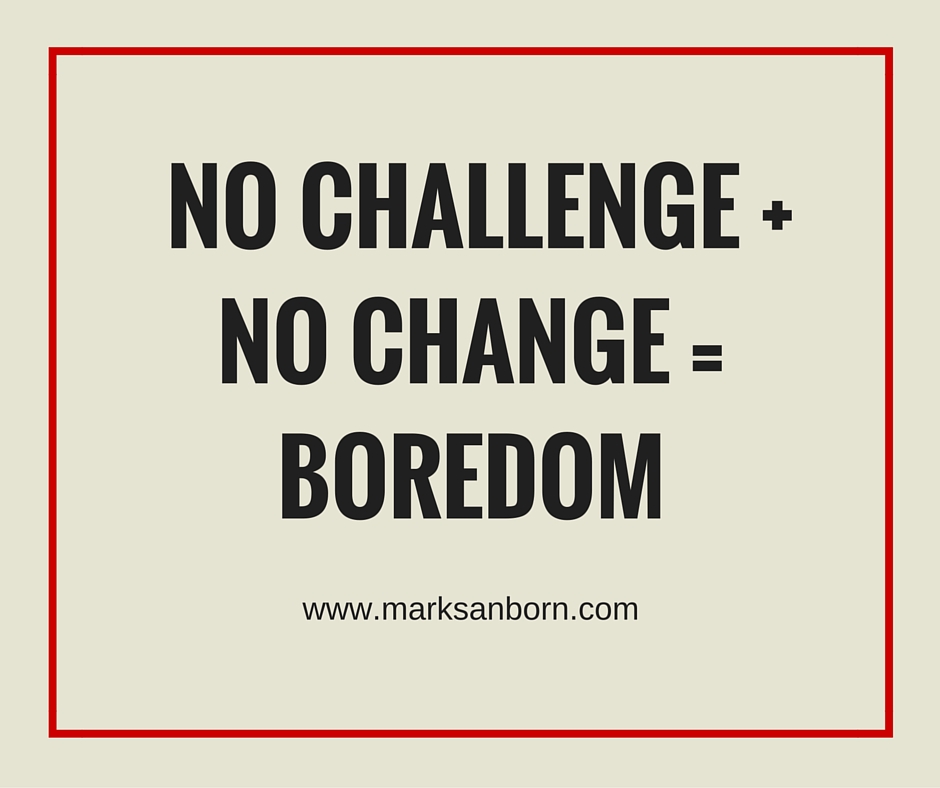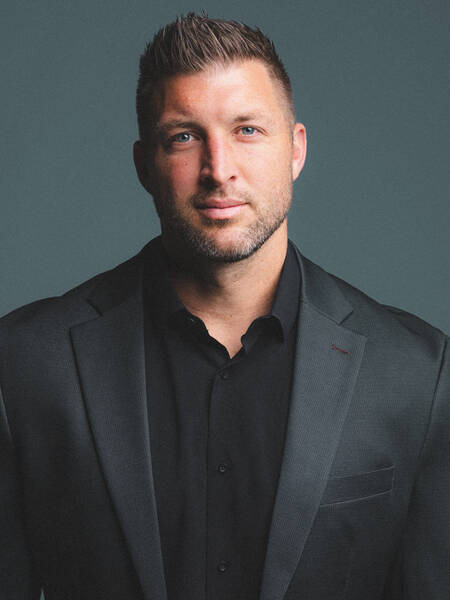12 New Challenges Leaders Face
What’s new or different about leadership today? And what are the biggest challenges leaders face?
In my work I address and advise hundreds of leaders each year. They share, in public forums and private conversations, their experiences, questions, hopes and fears. I also hear from many of those they lead who are candid in their assessments about what their leaders do well and what they do poorly.
Here are a dozen of the challenges I hear about most often and some suggestions about what to think and do about each:
- Increased responsibility for impact. In the past leaders felt responsible to employees, customers and shareholders. Now they are beholden to the greater community for the impact of their products, services and way of doing business (environmental and health impact being two examples). From special interest groups to activist investors, leaders have a wider pool of those they must consider in their decisions. Leaders need to think through the potential impact of their decisions on the larger community.
- Over reliance on curating rather than creating. A member of one executive’s team shared, “We get lots of links and videos from our boss, but none of them are his ideas. He just sends ideas from others.” Curation is a good thing, but not when it is the only thing. Some leaders seem reluctant to do the work of creating their own ideas and applications. Followers want innovators, not just imitators. Don’t just collect. Think and create.
- Too much screen time and too little face time. John Le Carre once said, “An office is a dangerous place from which to view the world.” Today I’d amend that to say that a smart phone or computer screen is also a precarious place from which to view the world. Staring at a screen of any dimension is off-putting to followers and limiting to leaders. Face to face (or at least ear to ear) interactions with those you lead is essential. You can get lots of information from a screen, but often the best and most useful comes from personal interaction.
- Use of outdated time management thinking. The research is clear: multitasking is a myth (although apparently quite a few time management “experts” didn’t get the memo). Switching between two tasks can take up to 40% longer to complete both. Life balance doesn’t make sense either. It is about life design: devoting the right number of hours and energy to the most important things. It is time to reexamine outdated beliefs about time management and productivity. The ability to focus intently (“single-tasking”) on what is important should be at the top of your productivity list. And don’t feel guilty if your life isn’t balanced if it is well designed.
- Treating those they lead as “followers.” When asked what I think is the biggest change in leadership, my answer is followers. Those we lead increasingly resist thinking of themselves as followers, and for good reason. This is a limiting term that poorly represents the relationship we need. Employees want to be (and deserve to be) thought of as contributors, colleagues and team members. The concept of “following” to those we lead is as negatively tinged as referring to those in customer service as “servile.” Unless you’re a religious guru, you are better served leading a team of contributors than a band of followers.
- Fear of the great unknown. No leader likes uncertainty but today the size and impact of the unknown can be more devastating than in the past. Nassim Taleb wrote the definitive book about overconfidence in our ability to predict, anticipate and plan. He describes the black swan, an unpredictable or unforeseen event, typically one with extreme consequences. Yet many leaders act as if black swans never happen, or can be avoided. Leadership is as much about taking action in the face of the unknown as it is gathering information to eliminate the unknown and mitigate consequences. No leader is clairvoyant so he or she must accept the real limitations of knowledge about the future and act accordingly.
- An increasing lack of confidence. Most leaders wouldn’t admit this (even when pressed), but they know that past success is no guarantee of future success and struggle with a crisis of confidence in their abilities to keep winning. Leaders sometimes fail. We act like that is a dirty secret. You work hard and do your best and that is all you can do. If you continue to succeed more than fail in your leadership role, that is proof you are in the right job. If your failure rate exceeds your win rate, that is important feedback that you might not be the right leader for the position.
- A false dichotomy of ethics. Trying to separate personal ethics from professional ethics is a bad idea. There are just ethics, and trying to apply two different standards isn’t just confusing, it is wrong. Why would you trust someone at work that you know to be a conniving liar in his or her personal life? And why would you allow something that you know is wrong to happen at work? One psychologist calls it the “normalization of deviance:” making it acceptable to do at work what is wrong to do outside work. Leaders work hard to create what I conversely call the “normalization of integrity.” Without clearly defined values that are lived and observed by others, ethics slip dangerously.
- Overemphasis on generational differences. Not that long ago leaders often seemed to ignore generational differences. The pendulum has swung to another extreme. There seems to be a belief that everyone is so different we can’t effectively lead! Generations are different, and understanding those differences can provide effective tools for communication and collaborating better. At the same time people regardless of age share much in common: the need to belong to a winning team, meaning in their work, satisfaction in the jobs they do, and much more. Leaders must balance understanding and using differences and unifying their teams with shared interests and beliefs.
- Employee engagement. It is as important as competing for talent, a common dilemma according to my clients. One of the biggest myths I encounter is the belief that if you just get the best people on your team, your job is done. John Wooden wisely noted that he didn’t want the best players on his team. He wanted the players that made his team best. That points to the importance of engagement and teamwork. Talent alone is a start, but it is never enough. Divisive star players and disengaged genius are both liabilities. Good leaders find the best people and then focus on keeping those they’ve found engaged.
- Lack of preparation to successfully lead. My research shows that only one in four leaders feels prepared when they assume formal leadership positions. Leaders need to learn to lead before they get their marching orders, not after. And that isn’t accomplished just through books and coursework but through real world projects and assignments where leadership skills are developed. If you don’t give your team members a chance to lead before they become formal leaders, they will lack the skills and confidence to lead when they move into management.
- Business model innovation. While speaking to a global technology company in the Middle East, I was fascinated to hear that their C-level executive customers were more worried about innovation in business models than the impact of technology. A business model is the way a company makes money, and can be used defensively against competitors, to reinvigorate revenues in declining markets or as a way of exploring new opportunities. Few business models are exempt from the need to be revisited and revised regularly. Business model innovation is increasing at lightning speed and may well be the single greatest high level business challenge leaders face.
Which of these challenges are you facing? And what are you doing to meet them head on?
Here’s a final thought: no challenge + no change = boredom. You might wish for fewer challenges than you currently face, but ultimately dealing with challenge and change is the essence of leadership.
Source: Mark Sanborn
Want to bring Mark to your next event? Let us know here. We'd love to help make it happen!










